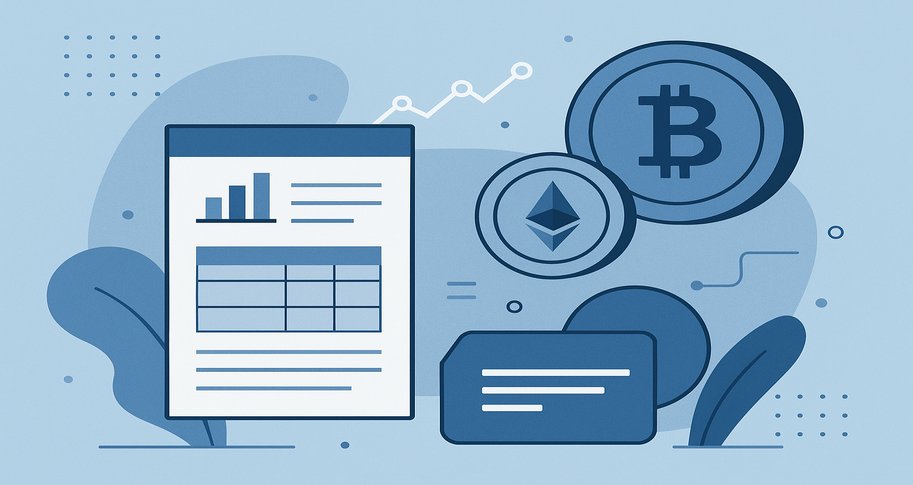
I’ve been running tabletop roleplaying games like D&D for about 15 years now, and in that time, I’ve had to help more than a few people learn how to play. The problem for many new players is not the ruleset or the mechanics: it’s the sheer number of choices. That’s overwhelming for many new players who are familiar with more traditional video games and boardgames that limit choices to create a more curated experience.
The nearly infinite number of options we have in a day do not overwhelm us because we use established mental schemas (our own understanding of “how things should work”) to do much of the heavy lifting in decision making. But until players learn that the “role” in roleplaying mimics how schemas work – that is, taking options off the table as much as a role helps you to make certain decisions – they usually try to cope by collecting as much information about the world and situation as possible, so they can make optimal decisions.
I have answered some of the most minutely and weirdly detailed questions at a game table, as a player seeks information most people, or their character, would not reasonably notice nor care about. And after about the second question, the player creates a new problem. They have too much information. It’s no longer a question of what their characters would notice and how they would react, but a question of processing all the available options. Players freeze; the game grinds to a halt as they parse how air temperature, window casements, and the color of their enemy’s clothing impact their decision.
This is analysis paralysis.
There’s a well-established inverse-u shaped relationship between information and the quality of decisions. More information helps, but only to a point. However, as University of Arkansas professors Jeff Mullins and Rajiv Sabherwal point out, there is little work on how this dynamic plays out in groups. This is important to study because new technologies can deliver more information than ever, so decision making is increasingly being made collaboratively in teams.
In their recent article, "Just Enough Information? The Contingent Curvilinear Effect of Information Volume on Decision Performance in IS-Enabled Teams,” Mullins and Sabherwal detail their work studying team decision making in enterprise resource planning simulation games. They conducted two studies, one with students and another with professionals.
The researchers found support for a curvilinear relationship between information volume and decision performance. In other words, as teams have more information, their decision performance improves to a point, whereafter their decision performance declines with every additional piece of information beyond the goldilocks zone. The study also highlights how team composition helps and hinders group decision making.
Team Member Characteristics and Decision Making
Mullins and Sabherwal outline and measure three different characteristics that affect decision making:
- Computer Self-Efficacy
- Computer Anxiety
- Learning Goal Orientation
Computer self-efficacy, based on decades of psychology research, represents an individual’s confidence that they can accomplish tasks using computers. More specifically, it captures a belief that existing schemas and tools are sufficient to accomplish a given task.
Computer anxiety, on the other hand, reflects a fear of making mistakes or causing harm when using a computer. Anxious computer users are less likely to use relevant information because their anxiety keeps them from fully focusing on the task.
And learning goal orientation, which the researchers also describe as a “growth mindset,” is a habit of working to develop new skills. People with high learning goal orientation will go out of their way to learn new skills and develop new schemas.
The researchers expected all of these characteristics to impact decision-making in slightly different ways. They expected computer self-efficacy to improve decisions at low and high levels of information, flattening the curve, and they suspected anxiety to worsen the decision-making process at low and high levels, effectively exaggerating the relationship between information volume and decision performance. So, anxious users would perform much worse when they didn’t have enough information or when overwhelmed with too much.
And, while we usually think of growth-oriented mindsets as positive, the researchers expected increases in learning goal orientation to decrease decision performance at both low and high amounts of information. Basically, they anticipated that by focusing too much on learning, such groups will allow skill development to get in the way of effectively making optimal decisions. Instead, Mullins and Sabherwal suggest such groups are better suited for problems that allow them plenty of time to make decisions.
Mullins and Sabherwal initially tested their hypotheses on a group of undergraduate students, who received course credit for the study. The students worked in pairs, using a competitive accelerated real-time business simulation game called ERPsim, which has been increasingly used for empirical research. The game has pairs of players manage virtual firms and players then execute strategies and monitor their firm’s operation in a simulated market environment. Over the course of two semesters and seven class sections of an introductory information systems course, the researchers collected data on 118 pairs.
Their follow-up study worked with business professionals using a more advanced version of ERPsim. They were able to study 197 people on 60 teams in the second study. The second study also included students, but these were working professionals enrolled part-time in an information systems graduate program.
Both studies confirmed many of the researchers’ expectations: as information increases or decreases from a moderate level, decision performance goes down.
Group Composition, Career Stage, and Decision Performance
Mullins and Sabherwal argue that better decisions are made when groups have ‘just enough’ information, and that group member characteristics affect how they process that information. Each characteristic was additive to a group regardless of who had the characteristic. The researchers explain that every characteristic brings some positive and negative qualities to a group’s performance, so the groups could delegate tasks to members with the most proficiency. For example, someone with high levels of computer self-efficacy could take over the technology tasks while another member with lower levels could take on less technologically intensive tasks.
The researchers found that where the participants were in their professional lives seemed to have an impact on how these characteristics changed their cognitive load. The business professionals, most of whom worked in technology roles, didn’t report high levels of computer anxiety in general, so those who reported no anxiety may have acted too boldly. Mullins and Sabherwal, however, remind us that a little bit of anxiety can be good.
On the other hand, high levels of learning goal orientation helped the younger students, but it also induced cognitive overload at high levels of information. The older, more experienced graduate students, however, experienced far less change in their decision performance based on their relative learning goal orientation.
Anecdotally, I can certainly corroborate Mullins and Sabherwal’s findings. The composition of a roleplaying group can change the dynamics of decision making quite quickly. Get a player who prioritizes roleplay, and they can help steer other players to making good decisions that feel right for their character without asking twenty questions. On the other hand, a player who is also a video game completionist can exacerbate the problem, enabling a bad habit to ask as many questions as possible lest they miss the slightest bit of content. Players who are focused on perfection may forget roleplaying games are about emergent storytelling, not conquering a pre-generated world.
Specifically, Mullins and Sabherwal suggest prioritizing computer self-efficacy when teams need to make decisions based on larger quantities of data, and managers should recognize that some computer anxiety might be beneficial. Moreover, the learning goal orientation of a team should be carefully considered. In dynamic environment or when using new tools while the team has plenty of time, then high levels of learning goal orientation can be quite useful. But more urgent decisions could probably benefit from lower levels. Overall, it’s important to consider how the characteristics of the teams we put together can affect the ways that they process information.







